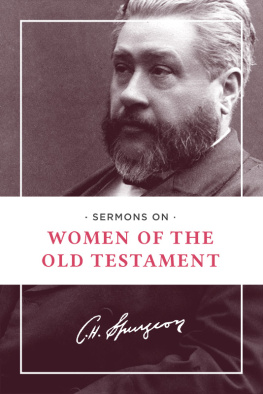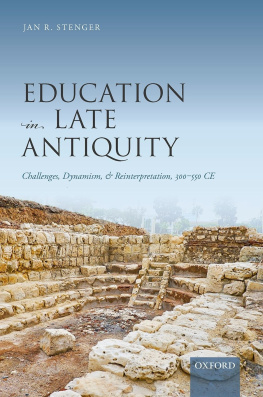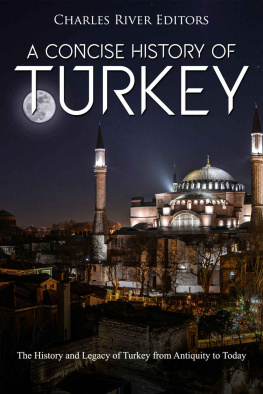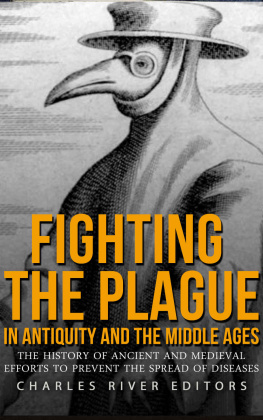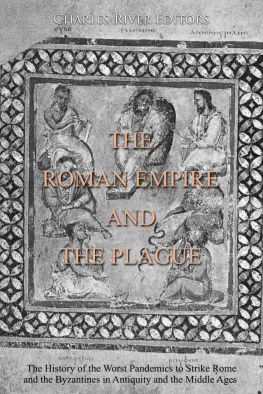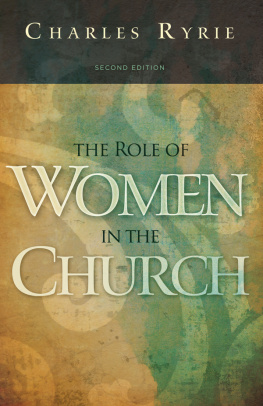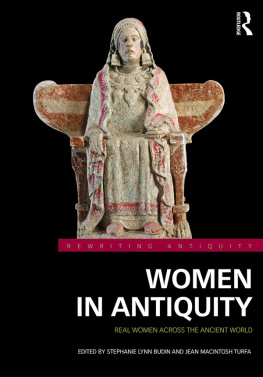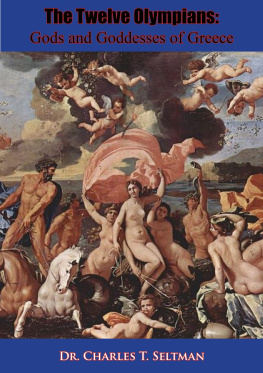
This edition is published by Muriwai Books www.pp-publishing.com
To join our mailing list for new titles or for issues with our books muriwaibooks@gmail.com
Or on Facebook
Text originally published in 1956 under the same title.
Muriwai Books 2018, all rights reserved. No part of this publication may be reproduced, stored in a retrieval system or transmitted by any means, electrical, mechanical or otherwise without the written permission of the copyright holder.
Publishers Note
Although in most cases we have retained the Authors original spelling and grammar to authentically reproduce the work of the Author and the original intent of such material, some additional notes and clarifications have been added for the modern readers benefit.
We have also made every effort to include all maps and illustrations of the original edition the limitations of formatting do not allow of including larger maps, we will upload as many of these maps as possible.
WOMEN IN ANTIQUITY
BY
CHARLES SELTMAN
"As I sat watching Everyman at the Charterhouse,
I said to myself why not Everywoman?"
G. BERNARD SHAW.
TABLE OF CONTENTS
Contents
TABLE OF CONTENTS
ILLUSTRATIONS IN PHOTGRAVURE
(between pages 96 and 97)
A full list of the Plates and a description of the items which the illustrate will be found on the two pages immediately preceding the photogravure section.
LINE DRAWINGS IN THE TEXT
FIGURE
1. Group. Cogul, Ebro valley
2. Talc carving from near Menton
3. Ivory girls head from Brassempouy
4. Venus of Willendorf
5. Group. Sierra Morena
6. Goddess Nin-gul. Louvre
7. Relief. Nefertiti and Akhenaton. Cairo
8. Marble women from Cyclades
9. Minoan gold ring. Athens
10. Painting on vase. Athens
11. Diagram, Doric peplos
12. Diagram, Ionic chiton
PREFACE
BOOK titles are sometimes provocative, and perhaps this one deserves the epithet. If it does, one must be precise about terms of reference. Women. There is no need to attempt a definition. We are always with them, and they with us. Fortunately. But Antiquity should be, for our purpose, defined. It begins in the remoteness of palaeolithic culture; it ends with the Council of Nicaea, when the Emperor Constantine sat down to hear the bishops embattled in their factions, argue, dogmatise, and declaim. My aim in the chapters which follow has been mainly that of a collector and recorder, for I have tried to stand in the wings and let the tragi-comedy of women in the ancient world play itself through. Obviously my final chapter is outside this frame. And yet one must gather the threads, observe what history has woven for womankind, and in fine, assess the fabric of the web as the curtain falls. Inevitably this book is mainly about women in those Mediterranean civilisations which are the roots of ours, but Primitive and Near-Eastern peoples who affected even remotely our background have been briefly considered in early chapters. The net would have been flung altogether too widely had I taken in the life of women among the Northern barbarians and the outer Provincials of the Roman Empire, or Eastern peoples like Persians and Parthians. On the other hand, without my last chapter, no assessing of the Western worlds treatment of women, no summing up, would have been possible.
Thanks are due, as always, to many who helped with suggestions; especially to Monica Beament, Katherine Barrett, John Seltman, and R. B. Whitehead, all patient listeners; also to Michael Carroll for some Sicilian photographs.
In the pages which follow, frequent reference is made to the Church and to Christendom. Readers will, I trust, understand that these words are meant to refer to Western Christendom between the age of Constantine and that of Erasmus. The words are not to be taken as applied either to the Greek Orthodox Church, or to the Anglican Church, or to any of the Reformed Churches which have come into being in Europe and North America since the 16 th century.
C. S.
Cambridge, 1955
ACKNOWLEDGEMENTS
The authors thanks are due to the following for permitting quotations: Dr. E. V. Rieu, Mr. W. Hamilton and Professor H. D. F. Kitto, and Penguin Books Ltd. (Homers Iliad , Platos Symposium , The Greeks , and G. B. Shaws Androcles and the Lion ); the Loeb Classical Library (J. M. Edmonds The Greek Bucolic Poets ); Sir John Sheppard, Sir William Tarn, and the Syndics of the Cambridge University Press ( Essays and Studies Presented to William Ridgeway, and Cambridge Ancient History , vol. x); the Oxford University Press ( Greek Verse in Translation ); Mr. F. L. Lucas and J. M. Dent and Co. Ltd. (Verses from Greek Poetry for Everyman); Mile. Simone de Beauvoir and Jonathan Cape Ltd. (The Second Sex); G. Rattray Taylor and Thames and Hudson Ltd. (Sex in History); the Editor of the Cornhill Magazine and the Editors of History Today for allowing the author to quote from his own articles; also to Mr. John Raymond and the Editor of The New Statesman & Nation . Finally, acknowledgement is made to The Public Trustee and The Society of Authors for the quotation from G. B. Shaws Androcles and the Lion.
IFEMINA SAPIENS
IT was in the Dordogne sixteen years ago, one early September day, rich with warmth and fresh with a western breeze from Biscay, that I met a schoolmaster from a village which was neighbour to Les Eyzies-de-Tayac. He was a big man, far different from a Provenal, more like an Irishman than a Norman or Breton. Golden-reddish, not hairy, but downy like some Celtic peasant in Eire or a crofter in the Scottish Highlands. The situation and variety of the famous Dordogne caves had profoundly impressed one who, until that time, knew about palaeolithic mankind only from books. Cro-Magnon man became of a sudden real; but the interpreter to me on that day, over a bottle of the local Monbazillac, was the village schoolmaster, born there, living there for half a century, who was able in strange fashion to reconstruct the life of those strange primitives. Indeed, he seemed able to envisage more than their mode of life, for, after his own fashion, he proceeded to interpret their feelings, hopes, anxieties, deathly fears, andabove alltheir dark frustrations. The whole emotional difference between male and female was clear to him in terms of palaeolithic man. Possibly some part of his views would be discounted, or even rebutted, by a younger expert prehistorian of today. But there was certainly value in his sensitive interpretation of cave psychology, and therefore it is worth setting down in the following paragraphs an account of what this man explained to me. Of course what follows is lightly leavened by my own later reflections based on conversations with other friends and experts.
You must envisage a cave of some size suitable to contain comfortably from twenty to fifty people. The cave is one of many in this long valley, and each is inhabited, while each is the property of the biggest male within it. The owner-males form a kind of tribe, and at certain times there occurs by agreement the tribal council. Here in this valley there was one of these cave-holders who was Chief, for things happened then as they do now, and the man gifted with leadership and imagination led the others. Only the need to hunt big game, like mammoth, bison, and wild boar, would normally require a council meeting. Economically such animals supplied so much in addition to edible meat, for their bones were turned to a score of different uses and their hides were quite as desirable; even their guts were needful to make good bowstrings, and the long, matted hair could be beaten into felt. Yet hunting and killing these powerful beasts with nothing but palaeolithic weapons involved dangers, planning, experience, and skill; casualties were many, and the main occupational disease of the Stone-Age hunter was presumably gangrene. It is thought that the expectation of life in those remote days was no more than forty years.




